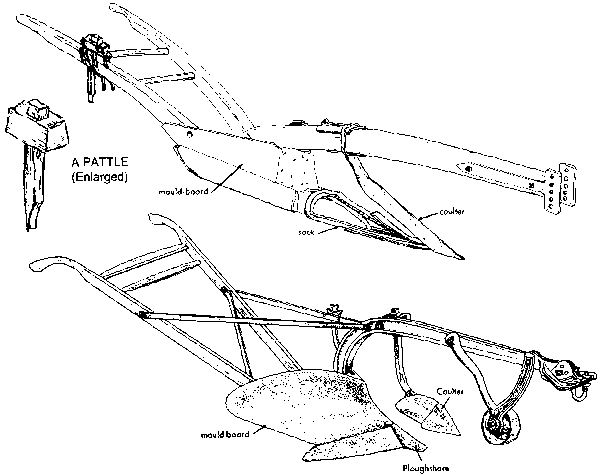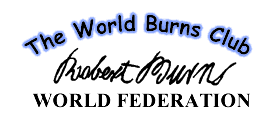OLD
and NEW PLOUGHS
The old Scotch plough was used until the nineteenth century. It
was long and heavy, with two handles or stilts and a flat wooden
mould?board which turned the earth over. Because iron was so
expensive the only iron parts were the plough share or sock, the
coulter which cut into the soil, thus beginning the turning process,
and the hook or bridle at the front of the yoke. Some people think
it was a clumsy and awkward instrument. What do you think?
Imagine how you would feel if you had had to plough with a light
flimsy plough!
This plough was fitted for farming before the improvements: it took
animals and a number of people to operate it.
As we have said before, everyone pooled their resources to make
up the plough team: besides the man guiding the plough, a man or
boy was employed to keep the plough from getting choked with
roots and stones. Someone else would lead the team or urge them
on with a whip or sharp stick. Ploughing was a team effort!
|



